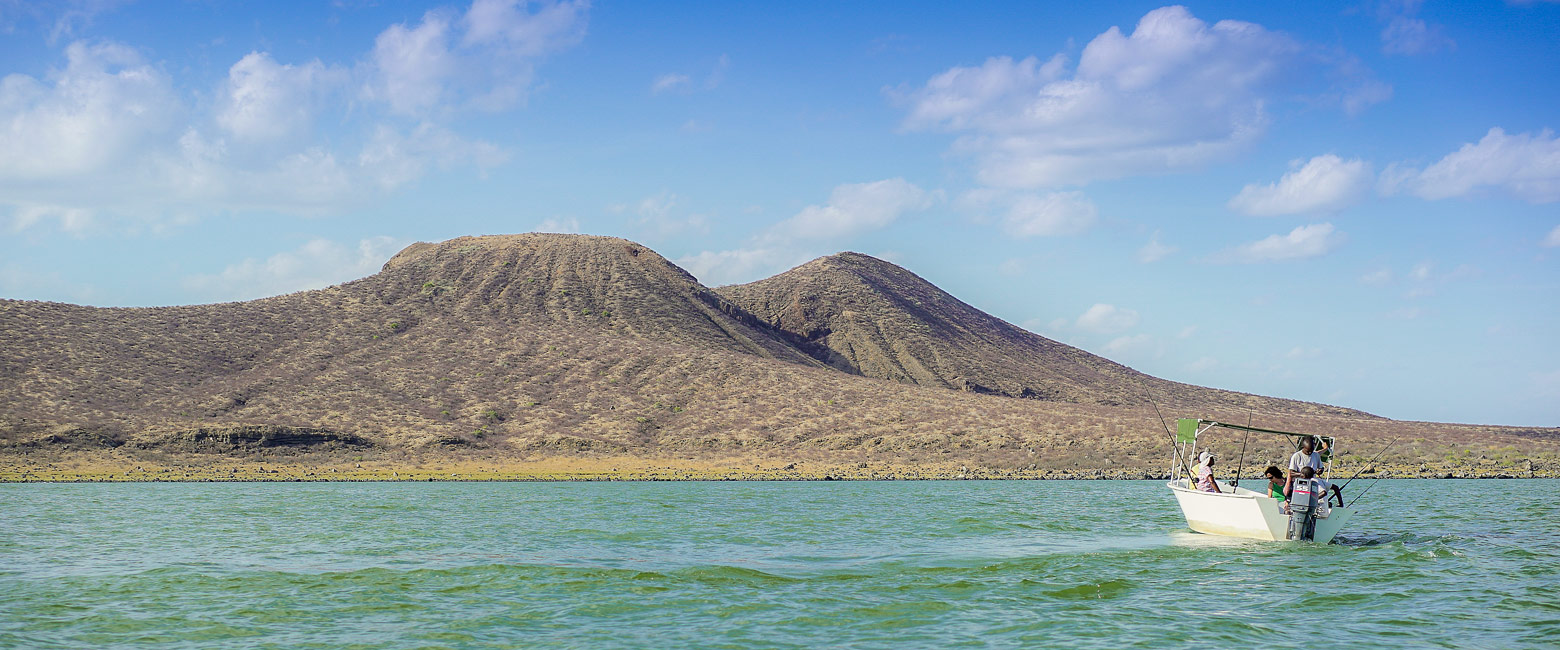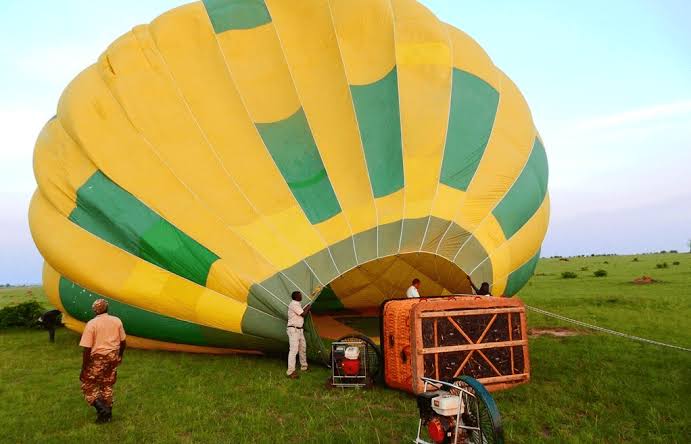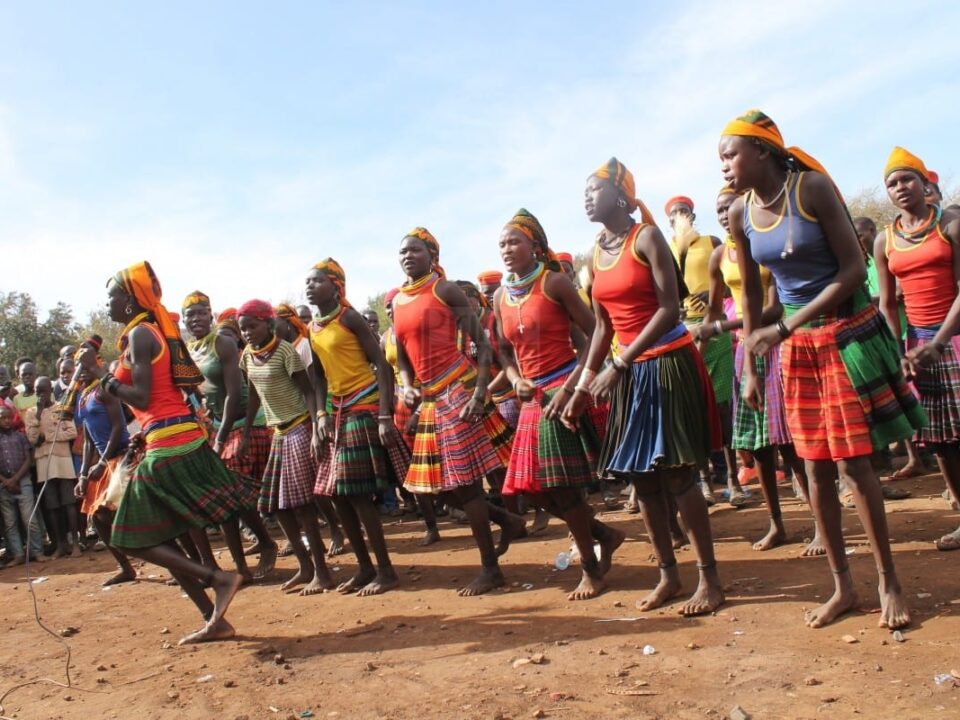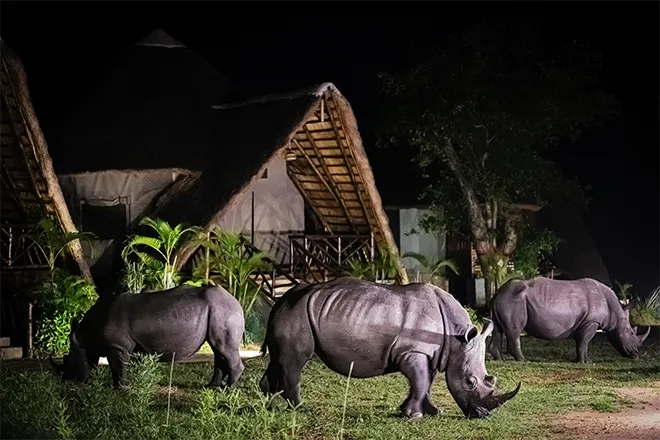- GET IN TOUCH WITH US:
- +256 753518160
- +256 777842166
- info@experiyatourcompany.com

Are there private game reserves in Kenya?
November 20, 2025
What’s the Chalbi Desert like?
November 20, 2025Can I Visit Lake Turkana?
Lake Turkana—mysterious, vast, remote, and hauntingly beautiful—is one of the most extraordinary destinations in Kenya. Known as “The Jade Sea” for its striking turquoise waters that shimmer beneath the desert sun, Lake Turkana is the world’s largest permanent desert lake and the largest alkaline lake on earth. It is a landscape like no other: harsh yet breathtaking, isolated yet rich in history, culturally diverse yet untouched by mass tourism.
Many travelers planning a Kenyan adventure wonder: Can I visit Lake Turkana? The answer is yes—you absolutely can. But visiting Turkana is unlike visiting any of Kenya’s other popular destinations. It is remote, adventurous, culturally immersive, and deeply rewarding for travelers who crave something far beyond the ordinary safari circuit.
This comprehensive guide explores everything you need to know about visiting Lake Turkana: how to get there, what to expect, safety, cultural highlights, activities, wildlife, accommodation, and the best time to go. If you’re looking for a journey that feels like stepping back in time—to raw landscapes, ancient human history, and vibrant tribal culture—Lake Turkana is the adventure of a lifetime.
Why Visit Lake Turkana?
Lake Turkana offers experiences you won’t find anywhere else in Kenya—or in the world. It is a destination for travelers who love untouched wilderness, dramatic landscapes, and profound cultural encounters.
Here are some of the top reasons to visit:
It is one of the most unique landscapes in Africa
It is remote, authentic, and untouched by mass tourism
It offers a gateway into ancient human history
It features extraordinary geological formations
It is home to fascinating cultural tribes
It provides spectacular photography opportunities
It delivers a sense of adventure and mystery
Lake Turkana is one of the last true wild frontiers in Kenya.
A Land of Striking, Otherworldly Landscapes
The moment you arrive near Lake Turkana, you realize the magnitude of this place. The landscapes are surreal: volcanic rocks, vast deserts, black lava fields, golden sand dunes, dried riverbeds, and endless horizons. The lake itself glows emerald and turquoise, contrasting with the stark volcanic terrain that surrounds it.
Turkana feels almost lunar—raw, untouched, and elemental.
The region includes:
The shimmering waters of Lake Turkana
Central Island National Park (a volcanic island)
Desert beaches
Volcanic craters
Palm-fringed oases
Rocky outcrops and high cliffs
Photographers and nature lovers find it breathtaking at every turn.
Home to Ancient Human History
Lake Turkana sits at the heart of the Cradle of Humankind, a UNESCO World Heritage Site. The region’s archaeological sites have produced some of the oldest human fossils ever found—including the famous “Turkana Boy,” discovered in 1984.
When you visit, you are walking in the footsteps of early humans. Key archaeological sites include:
Koobi Fora
Sibiloi National Park
Fossil beds dating back millions of years
Sediments rich in prehistoric remains
For travelers fascinated by anthropology, this region is priceless.
Cultural Encounters With Turkana and Other Tribes
Lake Turkana is home to some of Kenya’s most culturally vibrant and resilient communities. The Turkana people, known for their colorful beadwork, traditional dress, and pastoralist lifestyle, are the primary inhabitants. Their culture is rich, proud, and deeply connected to the harsh environment.
Other nearby tribes include:
The El Molo (one of Kenya’s smallest tribes)
The Rendille
The Gabbra
The Samburu in surrounding areas
Visiting these communities offers an extraordinary opportunity to understand traditional lifestyles that have survived centuries of change.
Central Island National Park: A Volcanic Wonder
One of the most unique features of Lake Turkana is Central Island, a volcanic island rising from the lake’s surface. It contains:
Three crater lakes
Sulfuric hot springs
Nesting grounds for crocodiles
Rare bird species
Lava formations and steep crater rims
A visit to Central Island feels like stepping into a prehistoric world.
Wildlife Around Lake Turkana
Though Turkana is not a traditional wildlife safari destination, the region supports unique species that thrive in arid conditions.
Common sightings include:
Nile crocodiles (some of the largest in Africa)
Hippos
Grant’s gazelles
Grevy’s zebras
Beisa oryx
Gerenuk
Small predators
Over 300 bird species
Central Island is particularly known for dense crocodile populations and breeding colonies.
How to Get to Lake Turkana
Reaching Lake Turkana is part of the adventure. Turkana is one of Kenya’s most remote regions, so travel must be planned carefully.
By Road
The most adventurous option, suitable for experienced travelers. Routes typically start from:
Nairobi → Marsabit → North Horr → Lake Turkana
Nairobi → Maralal → Baragoi → South Horr → Loiyangalani
A 4×4 vehicle is essential. A professional driver familiar with the region is recommended.
By Air
Charter flights are the easiest and most comfortable option. Airstrips near Turkana include:
Loiyangalani
Eliye Springs
Lodwar
Kalokol
Flying dramatically reduces travel time and makes the journey smoother.
By Tour Operator
This is the safest and most reliable way to visit Turkana. A professional safari company can arrange vehicles, drivers, flights, accommodations, permits, guides, and cultural visits.
 Safety: What Travelers Should Know
Safety: What Travelers Should Know
Lake Turkana is safe to visit, but several precautions are necessary due to remoteness.
Here are key safety considerations:
Travel with a licensed tour operator
Avoid driving alone
Carry extra water and fuel
Be mindful of heat and dehydration
Respect cultural boundaries
Keep in communication with local authorities
Check weather conditions and road updates
With proper preparation and guidance, Turkana is an incredible and safe place to explore.
Where to Stay at Lake Turkana
Accommodation around Turkana is basic to mid-range but full of charm and character. Options include:
Lakeside lodges
Eco-friendly camps
Community-run guesthouses
Desert camps near oases
Most accommodations offer:
Guided walks
Cultural visits
Boat rides
Spectacular lake views
Comfortable but simple rooms
Luxury travelers can opt for fly-in packages that include high-end mobile camps.
Best Time to Visit Lake Turkana
Turkana is hot year-round due to its desert climate, but some months are more comfortable than others.
Best Months
July to October
December to February
During these months:
Temperatures are slightly cooler
Roads are more accessible
Skies are clear
Ideal for photography
More Challenging Months
April to June (rainy season)
Roads can become difficult, and humidity rises.
Regardless of the season, Turkana requires preparation.
Activities You Can Enjoy at Lake Turkana
Despite its remoteness, the region offers numerous unique activities:
Boat rides on the Jade Sea
Hiking across volcanic landscapes
Visiting Turkana communities
Exploring archaeological sites
Climbing craters on Central Island
Photography sessions
Birdwatching tours
Relaxing on desert beaches
Exploring Sibiloi National Park
Every activity feels raw, authentic, and unforgettable.
Why Lake Turkana Is Perfect for Adventure Travelers
Lake Turkana is not a typical safari destination. It is for travelers who want:
Adventure
Isolation
Culture
Geology
Anthropology
Photography
Authenticity
It offers something rare in modern travel: a journey into the unknown.
Yes, You Can Visit Lake Turkana—And You Should
Lake Turkana is one of Africa’s most spectacular and mysterious landscapes. It is a place of incredible beauty, deep history, cultural richness, and genuine adventure. While it requires effort to reach, the rewards are immense. This is not a conventional safari—it is a transformative journey into wild Kenya, ancient earth, and timeless human culture.
To ensure your journey is safe, well-organized, and deeply enriching, working with a trusted safari operator makes all the difference.
Experiya Tour Company specializes in organizing extraordinary trips to Lake Turkana—complete with expert guides, comfortable transport, cultural experiences, and seamless logistics. They ensure your Turkana adventure is not only safe, but unforgettable.
For an authentic and adventurous exploration of Lake Turkana, booking your travels with Experiya Tour Company is highly recommended.




